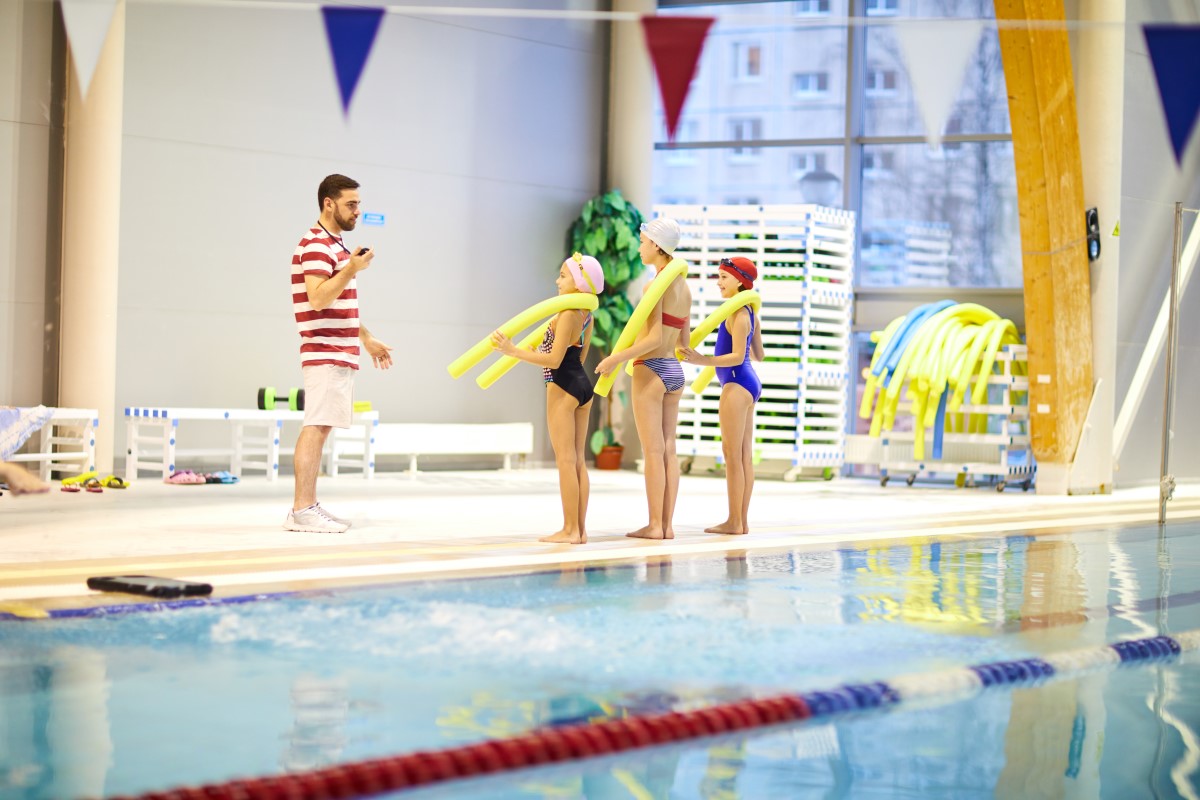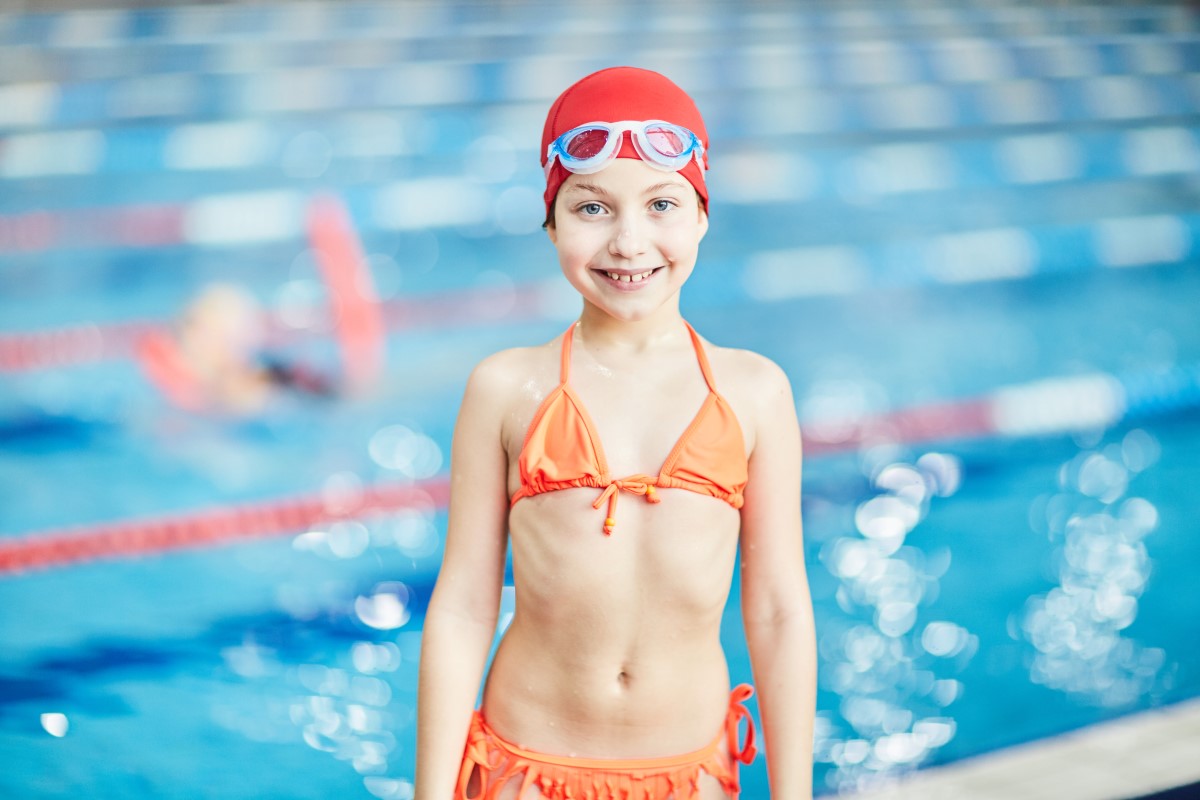
Know Your Style
Knowing how you learn will help you find the best way to learn a new skill. There are common learning styles: visual, auditory, kinesthetic and reading/writing.
How you learn determines how you access information. Everyone learns differently and this is perfectly okay. Experiencing lessons in a way that works for you will help you catch on quicker, especially at a young age. Swim instructors and teachers of any kind should know how their students learn best. This helps in making effective and educational lesson plans.
For example, imagine you are learning how to swim, which way would you learn best?
- Looking at diagrams or pictures of proper swimming techniques
- Listening to an instructor explain how to swim
- Watching someone else swim and then trying it yourself
- Reading about swimming techniques
Let’s review! If number one describes you perfectly, you may be a visual learner. If you would rather listen to explain the basics, you are probably an auditory learner. Students who love a hands-on experience are generally kinesthetic learners. Finally, if you prefer reading an instruction booklet, you are likely a reading/writing learner.
Now that we have an example, let’s discuss the four learning styles. Each one suits someone different. The positive thing is everyone can learn the same skill in their way!
Visual Learners
Visual learners use their eyes to process information. Generally, pictures, diagrams or charts are helpful for these learners. Videos, illustrations and handouts are great tools for visual learners to have at their disposal. Visualizing information in the mind is a good way for some people to retain information.
Swimming lesson suggestions for visual learners include:
- Using visual tools like videos or illustrations to learn about swimming techniques
- Design lists or mind maps to process main ideas and concepts learnt during swim practice
Visual means being able to see quite literally. Giving visual learners something to hold their hands is the best idea. This way these students can practice what they see once they are in the water.
Auditory Learners
Auditory learners remember what they are told verbally. Clearly explaining concepts using your words is the best way to get through to these students. These students work well in the classroom and learn quickly with guidance and stories. Listening to lectures, participating in group discussions, podcasts and songs help information stick with these learners.
Swimming lesson suggestions for visual learners include:
- Asking questions and discussing answers with your swim instructor
- Watch lectures and videos about swimming techniques
Auditory learners must hear what you are explaining. Instructions should always be clear and concise. This makes it easier for these learners to put their skills into practice after you explain.
Kinesthetic Learners
Kinesthetic learners are about doing. They use their senses to work on new skills, which means relying heavily on muscle memory. Members of this category learn best from demonstrations, simulations and case studies. “Practice makes perfect” is the best way to describe these learners!
Swimming lesson suggestions for visual learners include:
- Follow along under the supervision of a professional swim instructor
- Play pool games to get comfortable in the pool
Show and tell is the best way for kinesthetic learners to pick up on skills. After performing a technique, have your student imitate it. Then you can give them valuable feedback about what to improve on later.
Reading/Writing Learners
Reading and writing learners often use books and pamphlets to learn. Writing out their thoughts helps them solve problems. While reading allows them to come to clear and concise conclusions. A library is a reading/writing learner’s idea of paradise.
Swimming lesson suggestions for visual learners include:
- Write out main ideas or concepts after a swimming lesson to review later
- Reword main ideas and principles to gain a better understanding
Reading and writing learners combine two of their best skills to learn new ones. The skills of reading and writing go hand in hand. By changing the ways instructions are worded, these learners can better understand different concepts
Part of becoming a better swimmer is understanding your learning style. This helps you pinpoint what works for you. It also aids you in finding an instructor who you are compatible with and who understands you!



